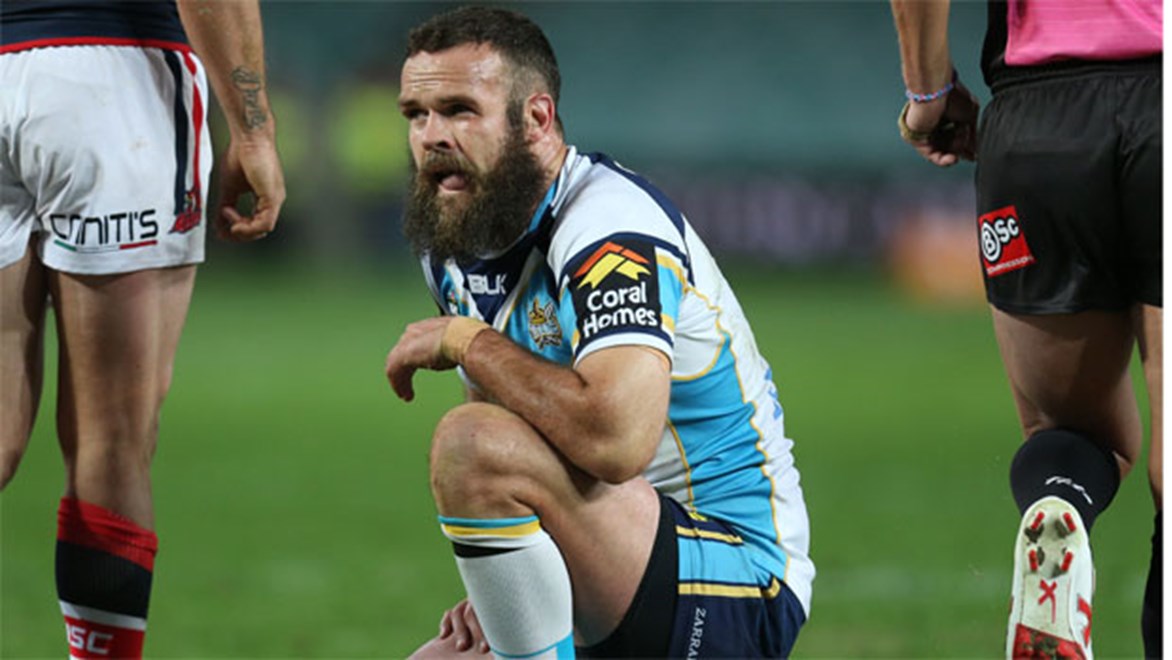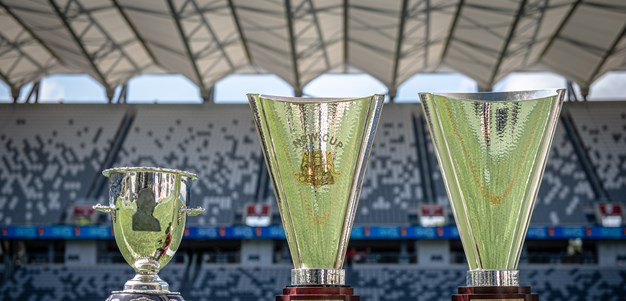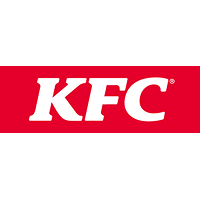

It was a poignant reminder of where the game has come from and the potential dangers of where it is heading.
As he delivered the Welcome to Country at the launch of the 2015 Harvey Norman Rugby League All Stars on Friday, Uncle Graham Dillon regaled the assembled throng of how as a young fella more than 70 years earlier he and the Kombumerri clan would gather on the banks of the Nerang River and listen to the 4BH rugby league coverage, in particular legendary caller George Doniger.
He spoke passionately of how rugby league remains "the greatest game of all" and how it is a game that welcomeds all shapes and sizes, an aspect the NRL is consciously endeavouring to preserve with its latest meeting of the competition committee.
For many players in the modern game an 80-minute endurance test has been reduced to a 30-minute blast of power and as such the very physical nature of the NRL player has evolved into something resembling an Olympic athlete as opposed to a rugby league footballer.
"At the moment they're getting bigger, taller, faster and stronger," said NRL head of football, Todd Greenberg.
"The competition committee spent some time looking at what the game looked like 10 years ago and that was the shape and size of our athletes. We also modelled what it will look like in 10 years' time and that will shape some of our decisions to make sure that fatigue still plays a part in the modern game so there's the balance between the big guys and the little guys.
"As a code and as a product, we've got a great ability to innovate when we need to but we need to be very considered in how we do that."
The obvious solution to changing the body shape and aerobic requirements of NRL players is to reduce the number of interchanges available from its current level of 10 per game down to eight or even six.
It's not a new debate and was in fact intended to be a gradual reduction over time once the game moved away from unlimited interchange in 2001 but got stuck on 10 when it was reduced from 12 in 2008.
Titans co-captain Nate Myles – who would probably play for 160 minutes if his team needed him to – believes the game should work towards a reduction in interchanges for the 2016 season and that ultimately fans will be the big winners.
"You're going to see more footy being played due to the fact that people can't stay alert and players won't be able to make every tackle that they should be making," Myles said.
"The effect of fatigue will kick in and then you'll see the great players of the game really excel. The people that can play 80 minutes at the level of 95-100 per cent every week, you'll see those players excel and I think rugby league as a football brand will grow from that.
"You will see more football being played and you'll see less wrestle; slow play-the-balls means it's just going to be a slow game.
"For someone to be at the height of their game as an 80-minute player, [that's] a little different to someone who is at the height of their game as a 20-minute player. To me that's not an even playing field."
Myles also called for the Rugby League Players' Association to have a more active voice in any potential rule changes but not all players are advocates of a reduction in the number of interchanges available during the game.
Broncos centre Justin Hodges is one of few players still in the NRL who remember the days of unlimited interchanges and he believes that it is important to preserve the place of the big man in the game.
"Everyone likes to see the big guys in the game. They are saying they want less [interchanges] to bring the smaller guys in and make it more entertaining but rugby league has been about the big collision and the big guys," Hodges said.
"I'm a firm believer in the way it is and I'm happy to leave it at that."
Hodges also warned that fewer interchanges will place pressure on the Indigenous players that have brought so much entertainment to the game.
"You see these Indigenous kids, they are bigger but highly skilled. The only area we struggle is a bit of fitness. With the interchange being 10, it allows the bigger guys to play," Hodges said.
"It will be a lot harder for them. Even now a few of our forwards would struggle; if they drop it to eight or six, do the backs or forwards have to work harder? They should just leave it the way it is."
The ultimate decision will rest with the NRL and with the eight teams who qualified for the Finals Series all conceding less points per game than the bottom eight teams, Greenberg said the age-old battle between attack and defence will also come in for consideration.
"As we see the balance between defence and attack start to be dominated more by defence, we'll continue to have discussions that are in the best interests of the game," he said. "If that's reducing interchange, we'll do it but we need to consider that with our players' workload in mind and then you have the broader issue of things like concussion.
"We need to do some work on it but we're certainly very open-minded to what that will look like in the future."




